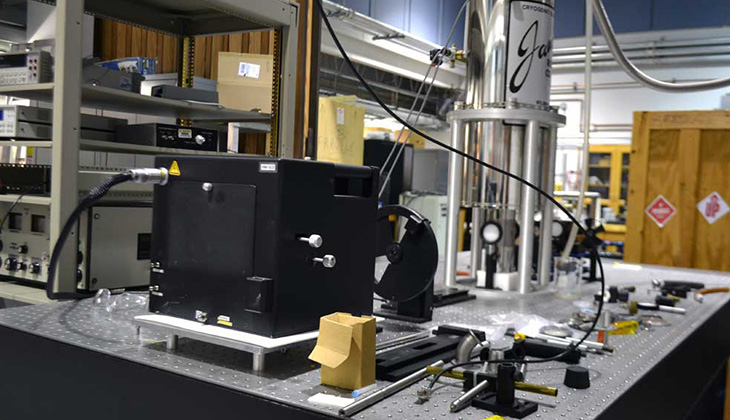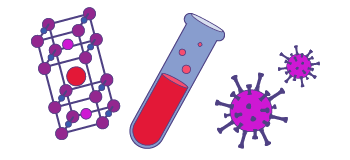
Using sub-THz and THz wave sources (BWOs), this transmission-type EPR/ESR spectrometer can be quasi-continuously frequency-tuned via applied voltage.
The sub-THz and THz wave sources used in the BWO-based spectrometer can also be used independently in EPR/ESR-type experiments. So far they have been successfully used in conjunction with the Keck 25-T resistive magnet, the SCMM 20-T superconducting magnet, and the EMR 15/17-T superconducting magnet. Given a proper probe, they can be employed with other magnets as well.
Resistive Magnet
Superconducting Magnet

Explore our magnet schedule to see what exciting research is happening on our stellar fleet of instruments right now.
Stoll, S., et al, Hydrogen bonding of tryptophan radicals revealed by EPR at 700 GHz, J. Am. Chem. Soc. 2011, 133 Read online.
Krzystek, J., et al, High-frequency and -field EPR study of the Fe(H2O)62+ ion in ferrous fluorosilicate, J. Magn. Reson. 2011, 213 Read online.
Herchel, R., et al, Definitive determination of zero-field splitting and exchange interactions in a Ni(II) dimer: investigation of [Ni2(en)4Cl2]Cl2 using magnetization and tunable-frequency high-field EPR, J. Am. Chem. Soc. 2007, 129 Read online.
Zvyagin, S., et al, Elementary excitations in the spin-1 anisotropic Heisenberg antiferromagnetic chain system NiCl2-4SC(NH2)2, Phys. Rev. Lett. 2007, 98 Read online.
Krzystek, J., et al, Tunable-frequency high-field electron paramagnetic resonance, J. Magn. Reson. 2006 178 Read online.
Last modified on 08 December 2023